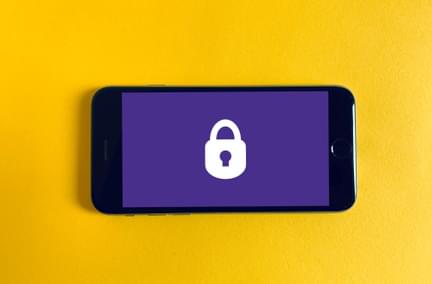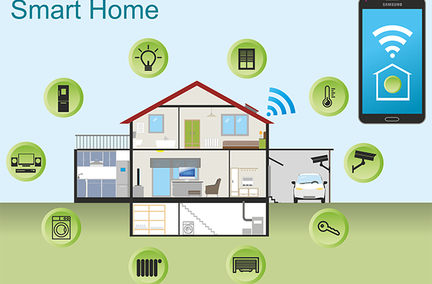How to Check If Someone Is Stealing Your Wi-Fi
Oct 31, 2023 | Home Technology, Wi-Fi, Cyber Security

A fast, reliable, and secure internet connection is essential in today's digital age. Sometimes, your home network might seem to slow down and lag, even when you aren’t running a lot of wireless devices and gadgets at once. One potential culprit is Wi-Fi freeloaders: unauthorized individuals leeching off your wireless connection, stealing bandwidth, causing frustration, and affecting your network's performance.
This theft can affect any operating system, whether you’re on Apple iOS, Windows, or Android. It’s all about protecting the Wi-Fi connection. How do you check if someone is stealing your home Wi-Fi, and what steps can you take to secure your network so it can’t happen anymore?
Monitor Your Network
The first step in identifying Wi-Fi thieves is to monitor your wireless network by logging into your Wi-Fi router's admin panel. To access it, open a web browser and enter the router's IP address. Typically, this address is something like "192.168.1.1" or "192.168.0.1." Consult your router's manual or the manufacturer's website for specific details.
Once logged in, look for a section that displays a list of devices connected to your network, usually under the "Device List," "Connected Devices," or a similar menu. This list will show you all the devices connected to your Wi-Fi network. Be sure to note the devices you recognize, such as your smartphone, laptop, and smart TV. Some Wi-Fi apps allow you to name and assign your devices to a user for easy identification.
Identify Unfamiliar Devices
To check if someone is stealing your Wi-Fi, you need to identify unfamiliar devices on your network. This can be tricky, especially if you have many devices connected. Look for device names or MAC addresses that you don't recognize. The MAC address is a unique identifier for each device and can help you identify suspicious activity.
It's important to remember that some devices, like smart thermostats and security cameras, might not have easily recognizable names. However, their MAC addresses can provide clues. If you're unsure about a particular device, write down its MAC address and research it online to determine its manufacturer. This can help you distinguish between legitimate and unauthorized devices.
Secure Your Wi-Fi Network
If you suspect someone is stealing your Wi-Fi, a critical step is to secure your network. Here are some essential security measures. Some of them are easy, while others require a bit more techy knowledge:

Change Your Wi-Fi Password
Changing your Wi-Fi password is the easiest way to kick out unauthorized users. Create a strong password with a mix of upper and lower-case letters, numbers, and special characters. Make it long and avoid using easily guessable information like your name or address. It’s also good to create a completely new password every so often, something totally different from the old password.
Disable WPS
Wi-Fi Protected Setup (WPS) is a feature that makes connecting new devices to your network easier. Unfortunately, it can also make it easier for unauthorized users to gain access. Disable WPS in your router settings.
Limit the Number of Connected Devices
Many routers allow you to limit the number of devices that can connect to your network. Set this limit to the number of devices you own to prevent unwanted connections. Be sure you revise that number if you add a new device, such as a doorbell or other smart gadget.
Use MAC Address Filtering
You can configure your router to only allow specific MAC addresses to connect to your network. While this can be time-consuming to set up, it adds an extra layer of security.
Protecting your Wi-Fi network from unauthorized users is crucial for maintaining a fast and reliable internet connection. You can ensure your Wi-Fi remains secure by monitoring your network, identifying unfamiliar devices, checking for suspicious activity, and implementing robust security measures. If you suspect someone is stealing your Wi-Fi, take action immediately to safeguard your network and your online privacy. With the right precautions, you can enjoy a worry-free internet experience.
- network security
- Wi-Fi
- wi-fi security
- password protection
- home network





